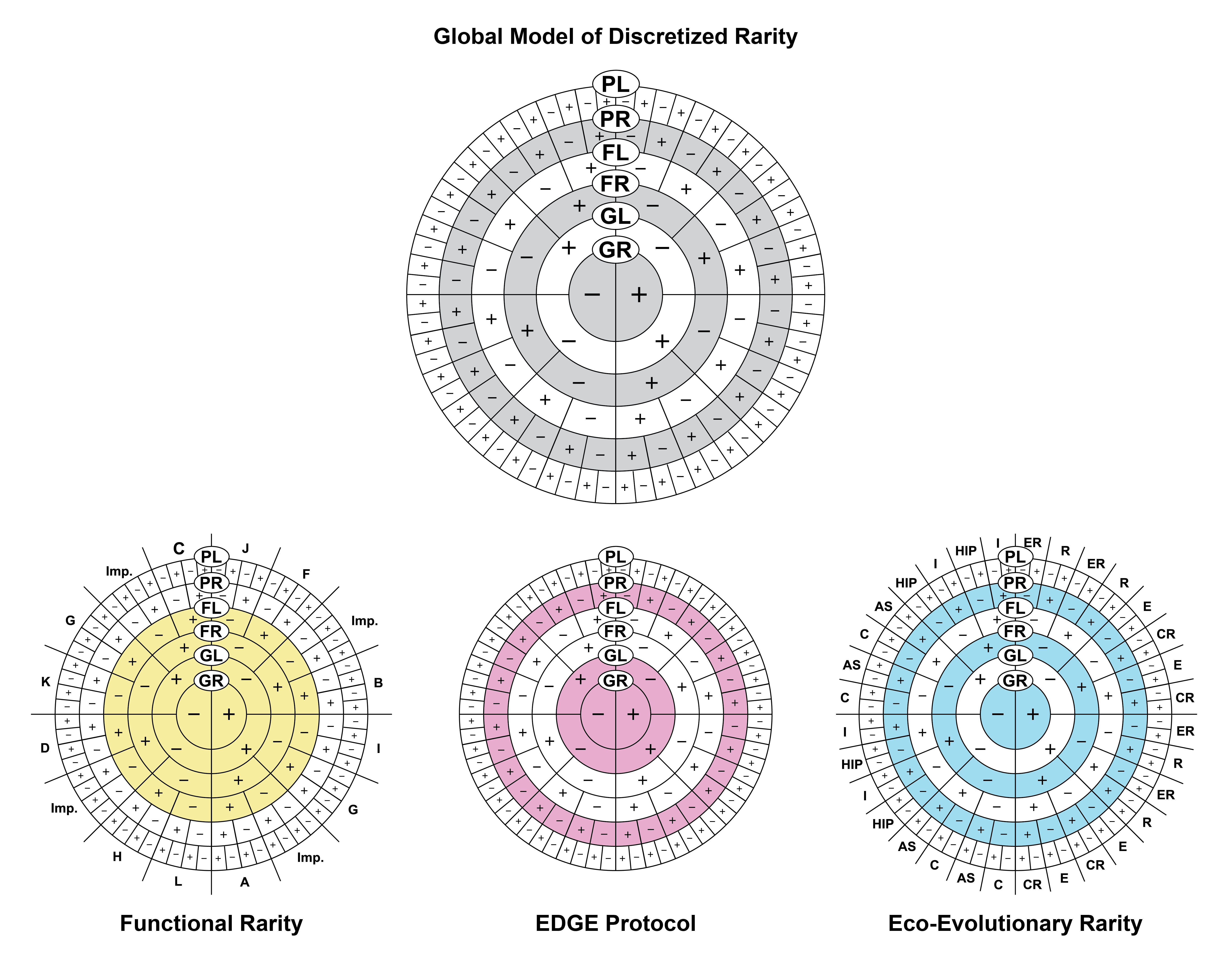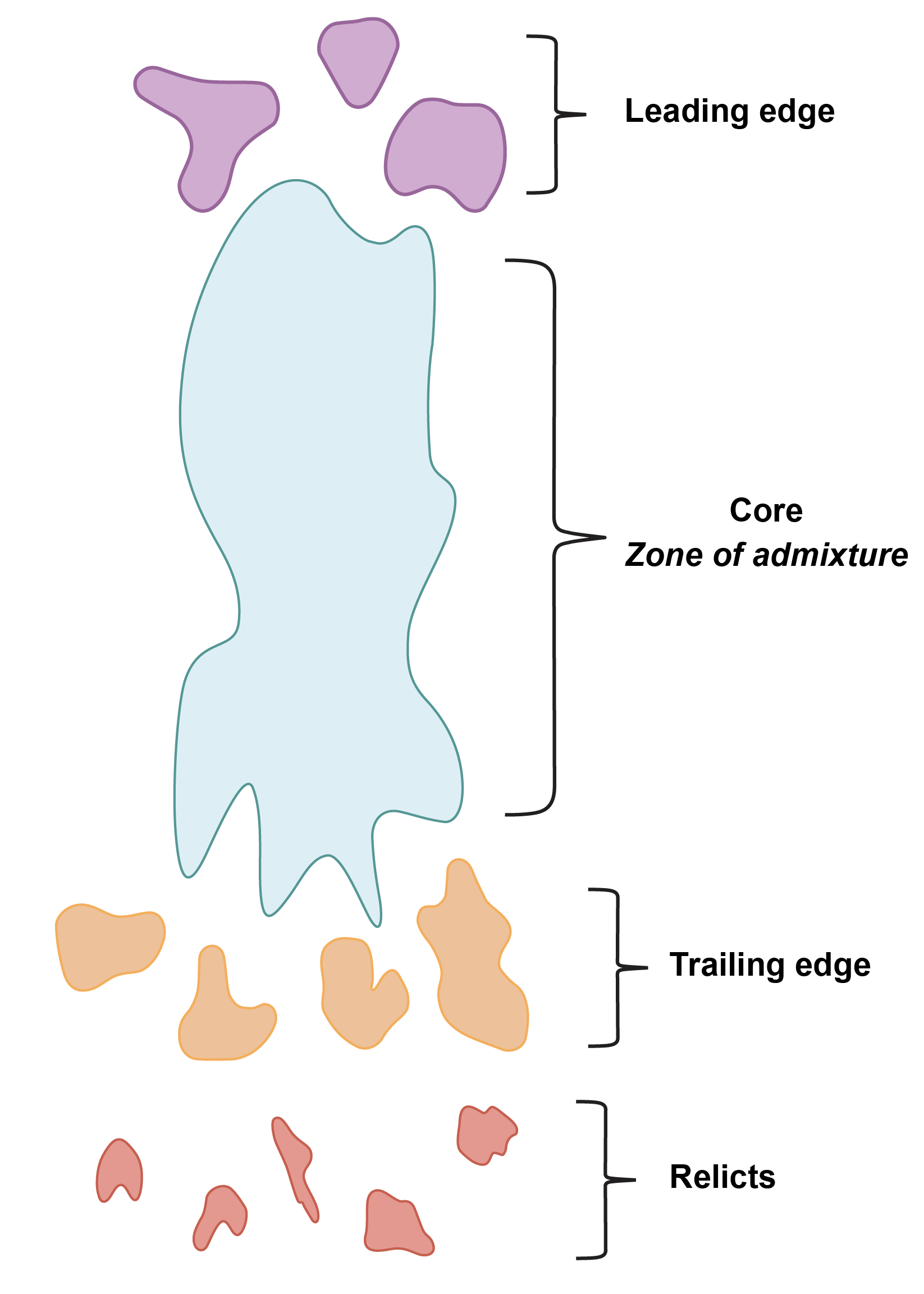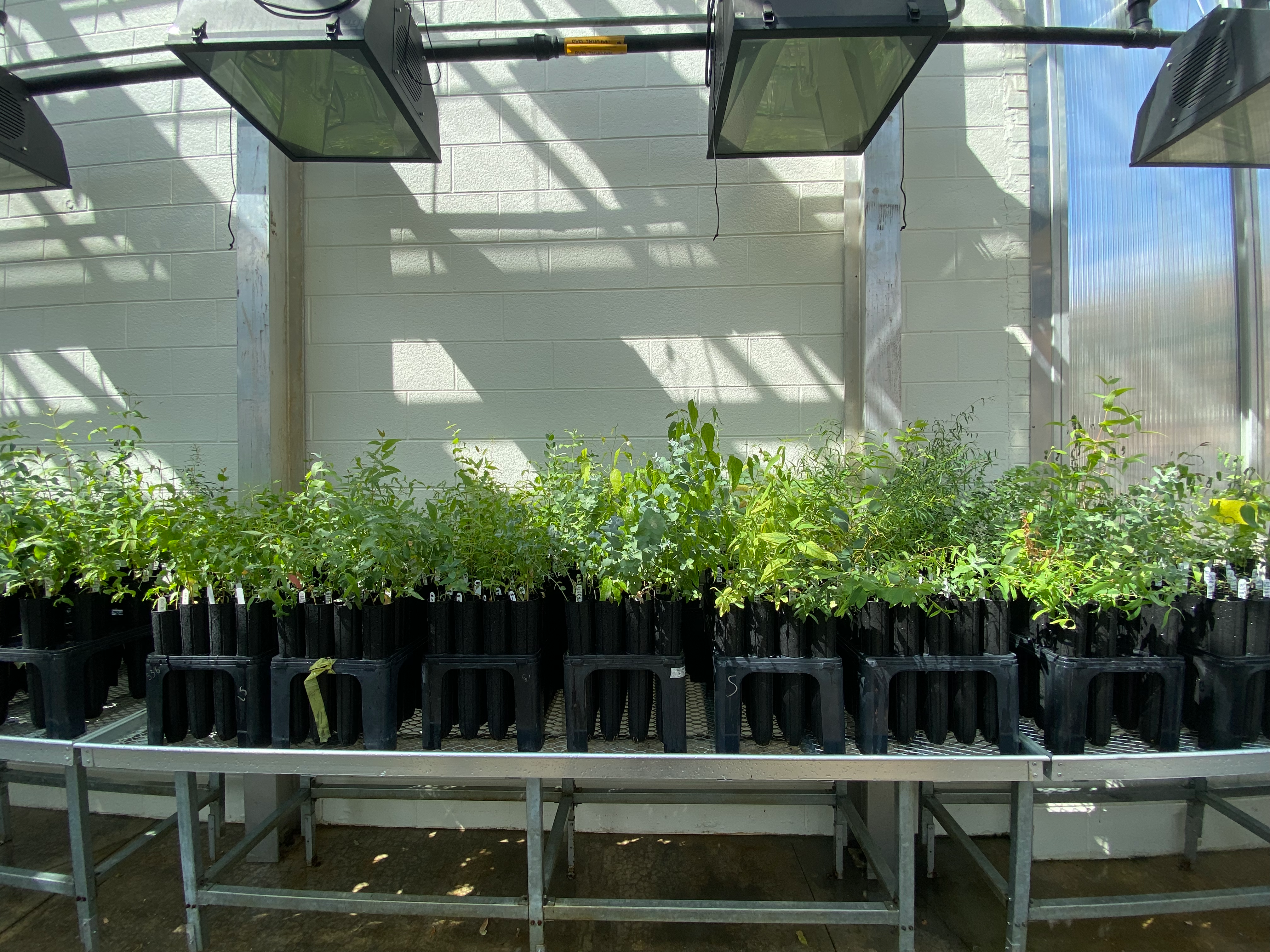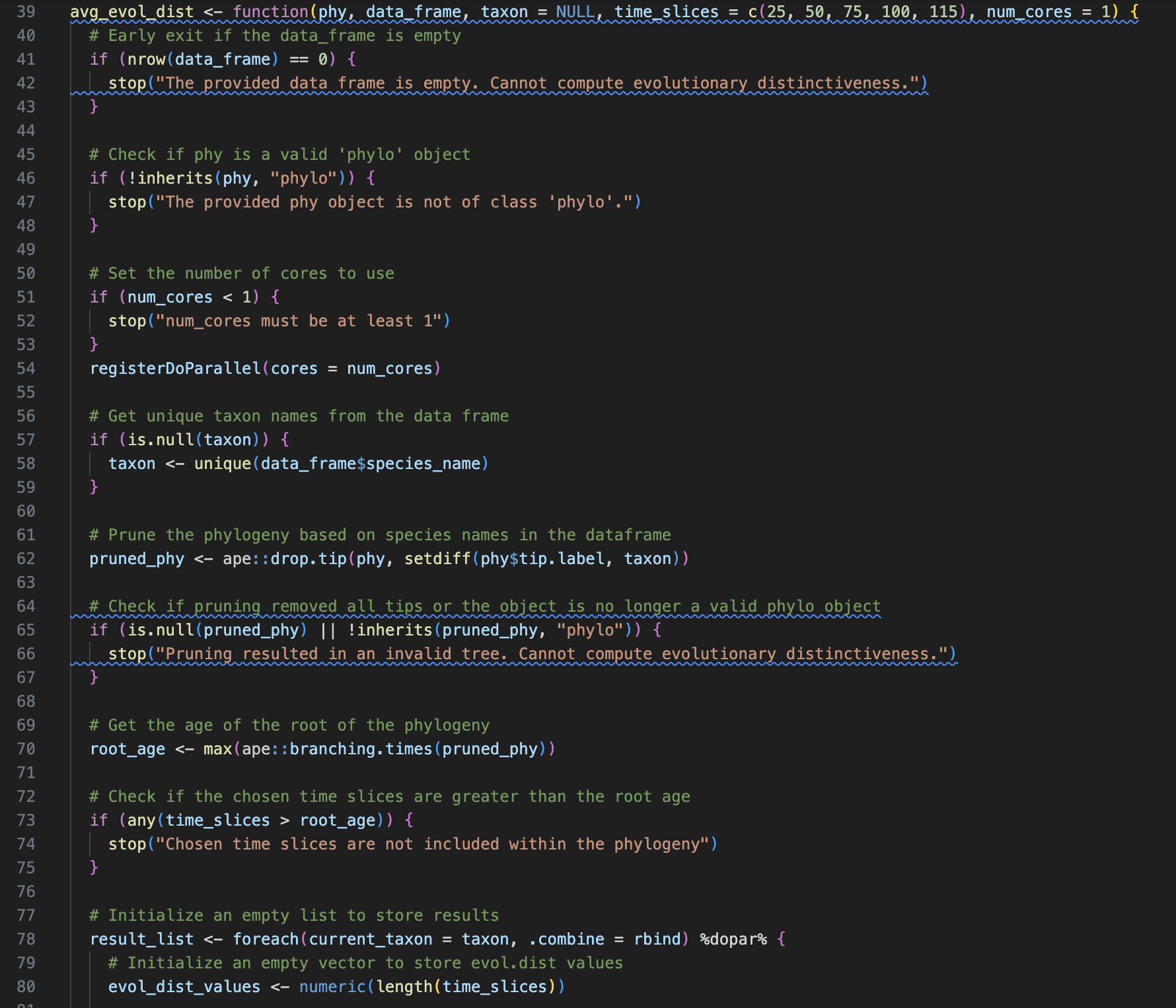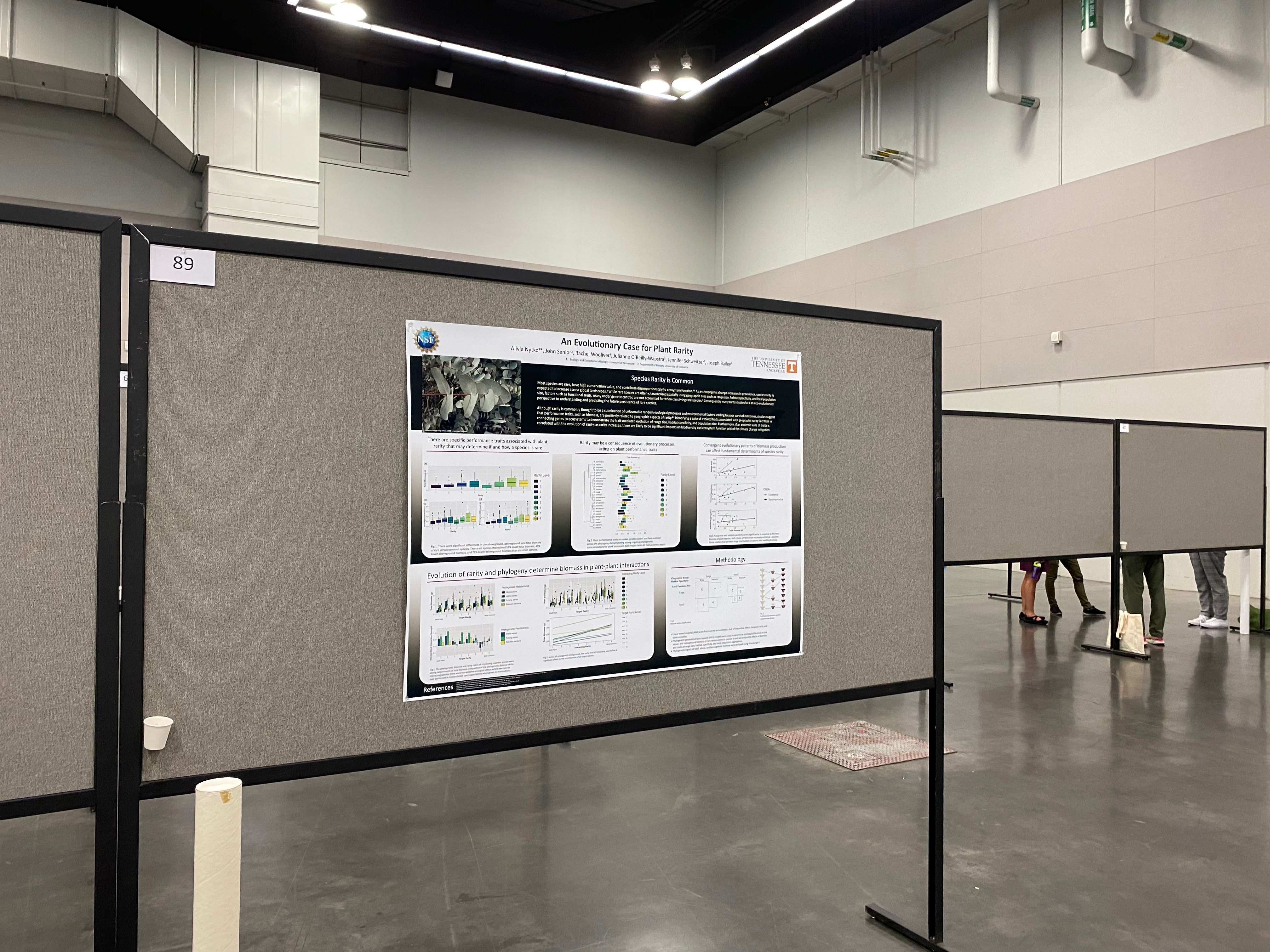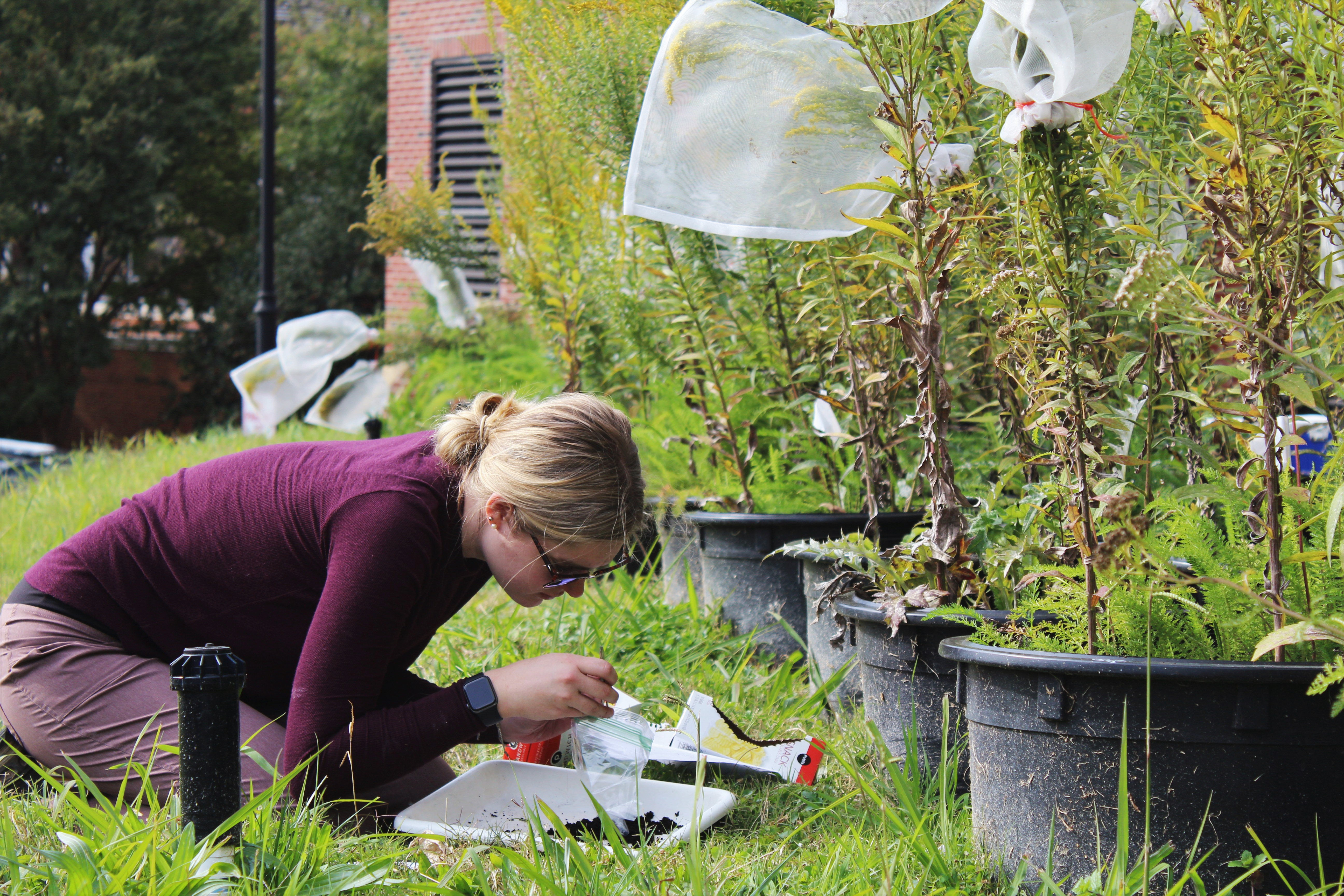
Understanding, Predicting, and Conserving Species Rarity under Climate Change: Ecological and Evolutionary Insights
To conserve rare biodiversity, we need to understand how species are rare, what this means for their persistence, the ecological and evolutionary drivers of these differences, and the broader consequences of rarity on ecosystem function.
Over 36% of plant species are now considered extremely rare1. Rare species often contribute disproportionately to community assembly, species interactions, and ecosystem function through niche specialization, unique functional traits, and distinct evolutionary histories2. To conserve rare biodiversity and the dynamics it supports, we must understand how species are rare, as not all species are rare in the same way. Once we understand the factors important to defining rarity, we need to identify the ecological (e.g. temperature, precipitation, etc.) and evolutionary (e.g. differential diversification) drivers of rarity through space and time. Finally, we must identify connections between rarity and the function of communities and ecosystems. By integrating geographic, functional, and phylogenetic dimensions of rarity at local and regional scales, my research informs the comprehensive management of rare species, a mechanistic understanding of biodiversity, and rarity-informed predictions of communities and ecosystems under climate change.
